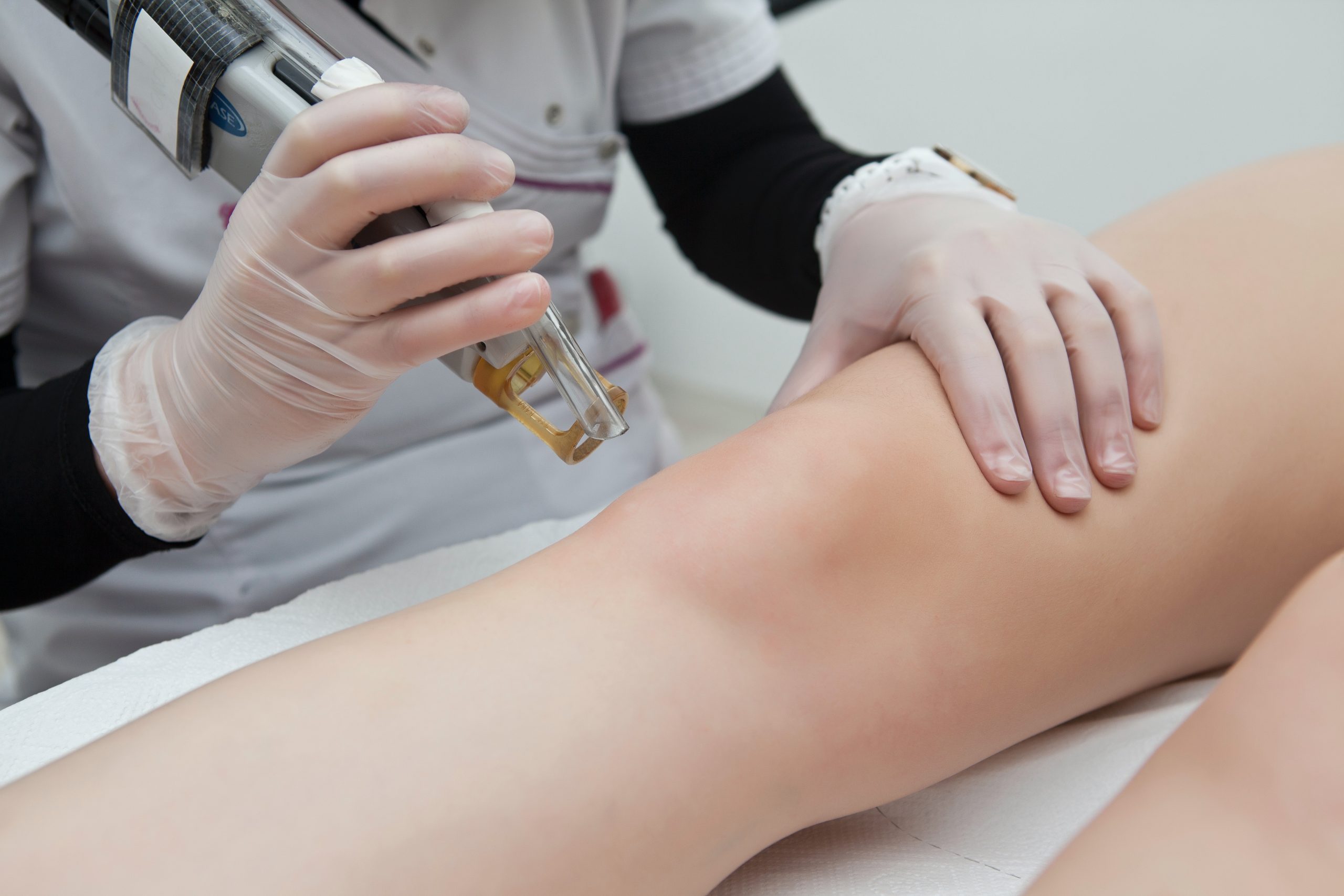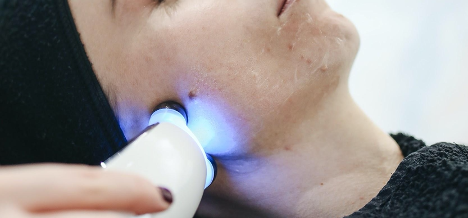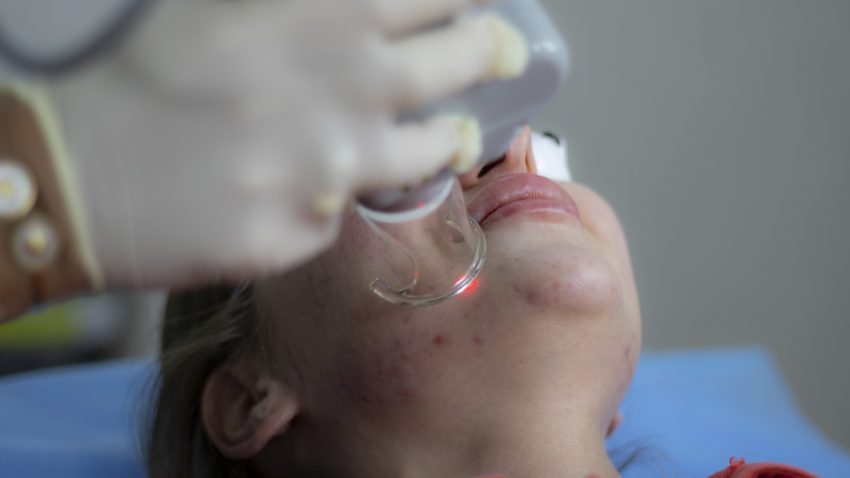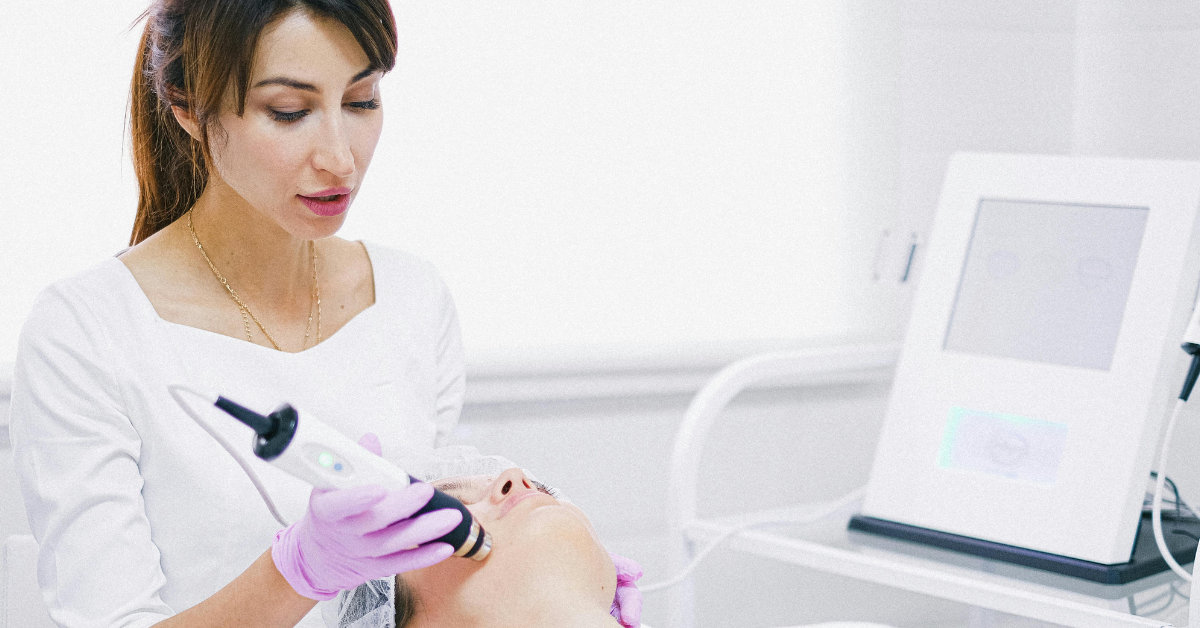Wrinkles, fine lines and creases are all part of the ageing process; it’s natural and to…

How to Get the Best Results From Your Laser Treatment Aftercare
Many people turn to laser treatment to combat the signs of ageing – as professional laser treatments can reduce the signs of fine lines and wrinkles on the face – and many use laser treatments to remove unwanted hair. There are a number of things that can be solved with laser treatment, many of which are found on the skin. The main focus of laser treatment is reducing skin irregularities, such as blemishes and breakouts.
Conditions such as acne, rosacea, port wine stains, thread veins and leg veins can also be helped with laser treatments. Simply, there is no shortage of reasons why people opt for laser treatment, and the popularity of such treatments is increasing. However, to get the most out of your laser treatment, you need to know how to approach aftercare correctly.
The Importance of Laser Treatment Aftercare
Many people underestimate the impact laser treatment has on the skin. This doesn’t just mean underestimating the results that can be achieved, of which there are many, but it also means underestimating what the skin goes through physically. Laser treatment works by carefully and precisely wounding the skin to encourage the production of collagen and the growth of new cells. This means the skin needs to heal after each treatment, as it would with any other type of injury. This is where aftercare comes in.
After you have undergone laser treatment, it’s important that you give a lot of attention to aftercare and you look after your skin correctly afterwards. Otherwise, you run the risk of hindering the results – something that could mean that you need more laser treatments than expected, or it could mean that you don’t see the significant improvement that you are hoping for – and you might even increase your discomfort.
Dermatologists are huge proponents of laser treatment aftercare, and with good reason; it’s not something to be overlooked or forgotten about; it’s something to take seriously if you want to experience the best results laser treatment can achieve.
Things to Avoid After Laser Skin Treatment
Though redness and swelling are to be expected to some degree after laser treatment, performing correct aftercare can keep this to a minimum and help the skin heal quickly. Most people will experience redness and swelling for up to 48 hours after the treatment, which is entirely normal. However, it can be made worse by incorrectly caring for your skin after laser treatment. Below, you will find some things to avoid after a laser skin treatment.
Harsh Scrubs and Chemicals
Avoid being too rough with your skin after laser treatment, as you could cause irritation and discomfort. You might also increase the redness and swelling and lengthen the recovery time. This means avoiding scrubs and harsh chemicals, such as those found in some bath and shower products. It’s also important to avoid irritating the skin, so exfoliation and harsh sponges should also be avoided when bathing.
Immediately Have Another Treatment
It’s essential to give your skin the time to heal after laser treatment, so avoid booking any other treatments too soon. There is always the risk of another treatment affecting the healing process; it could even cause irritation, discomfort and long-term scarring. This includes professional treatments such as chemical peels, microneedling, and at-home treatments. You should be able to resume these types of treatments a couple of weeks after your laser treatment, but speaking to a dermatologist is always advised. They will be able to recommend the best way to approach other treatments after a laser treatment.
Excessive Sun Exposure
There is no denying that frequent sun exposure can damage skin, but this is even more of a problem after laser treatment. Sunlight – both natural sunlight and the ultraviolet light present on a sunbed – can significantly hinder the benefits of laser treatments. It does this by accelerating the breakdown of collagen and increasing the chances of you seeing unwanted pigmentation. This is why it’s best to avoid excessive sun exposure after laser treatment and to properly protect your skin with SPF products when exposure is likely. Sitting in the sun for long periods and using sunbeds should be avoided until your skin has had a chance to heal.
Coming Into Contact With Excessive Heat
As well as guarding your skin against the sun after laser treatment, you should also protect your skin from excessive heat. This includes spending a long time outdoors on a hot day, saunas, hot baths and hot tubs. Excessive heat after laser treatment can change the skin’s tone and texture and cause additional scarring. The risk of complications is increased when the lasered area of the skin is hot for too long, and it can prevent correct healing.
As well as avoiding the likes of sunlight and harsh scrubs after laser treatment, there are some things that professional dermatologists regularly recommend to patients. One of these is using aloe vera gel for up to three days after laser treatment.
Aloe vera is well known for its cooling, anti-inflammatory and soothing properties. It promotes healing and encourages the skin to recover after treatment. It’s beneficial to use aloe vera gel on affected areas after laser treatment as it can help keep swelling and redness to a minimum. You might find that your skin is tender after laser treatment, but aloe vera can help reduce this. It helps keep the skin moisturised, which also helps to speed up the healing process.
Professional Laser Treatment
There are a lot of skin conditions that can be improved using laser treatments, such as reducing the symptoms of acne and reducing the appearance of wrinkles. Laser treatment can even be used for tattoo removal, snoring, fungal nail infections, port wine stations, stretch marks and warts. To find out more about using laser treatment for any of the conditions mentioned, speak to a specialist.








